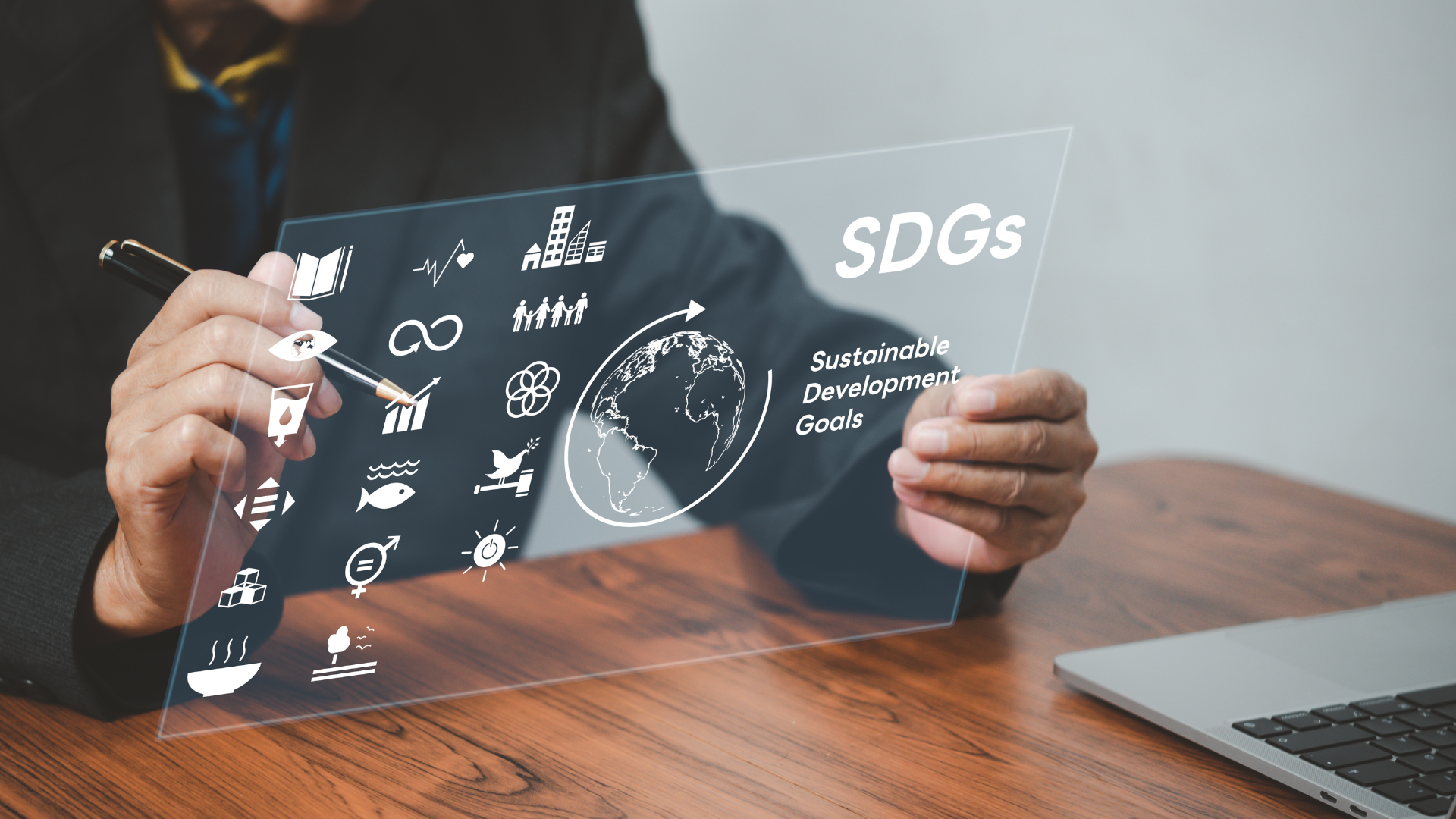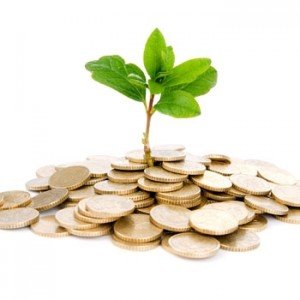According to the “State and Trends of Carbon Pricing” report, revenues from carbon taxes and Emissions Trading Systems (ETS) have reached a record high of about $95 billion by 2023. But, how does global carbon trading ensure sustainable development and a low-carbon future?
Carbon trading, also referred to as carbon emissions trading, is the buying and selling of carbon credits. These credits permit a company or any other entity to emit a certain amount of carbon dioxide or other greenhouse gases. It represents a quantifiable unit of greenhouse gas emissions, typically equivalent to one metric ton of carbon dioxide (CO2) or its equivalent. The primary objective of carbon trading is to incentivise emission reductions by creating a financial value for reducing emissions.
The carbon credits and the carbon trade are authorised by governments with the goal of gradually reducing overall carbon emissions and mitigating their contribution to climate change.
Global carbon trading, also known as emissions trading or cap-and-trade, is a market-based mechanism that enables countries, industries, and organizations to trade carbon credits. The process of global carbon trading involves setting an overall emissions cap for a specific jurisdiction or sector. Within this cap, individual entities are assigned emission allowances, which represent their permitted emissions.
If an entity reduces its emissions below its allocated allowances, it can sell the surplus allowances as carbon credits to other entities that require additional allowances to meet their emission targets. This system encourages emission reductions where they are most cost-effective and enables the trading of credits across borders.
Carbon emissions trading: A historical perspective
During the 1990s, the cap-and-trade regulations successfully reduced sulphur pollution. Rather than mandating specific measures, this regulation introduced market-based incentives to reduce pollution. While on one hand, it rewarded the companies that cut their emissions, it also levied financial costs on those that could not.
The idea of applying a cap-and-trade solution to carbon emissions was first presented in 2005 at the Kyoto Protocol, a United Nations treaty to mitigate climate change. At the time, the underlying intent was to reduce the overall carbon dioxide emissions to roughly 5% below 1990 levels by 2012.
Regional Carbon Trading Markets
Currently, there exists no global marketplace for carbon trading. However, there are several regional markets that cater to local jurisdictions. For instance, the state of California operates its own cap-and-trade program. Western Climate Initiative, on the other hand, is a comprehensive effort of U.S. states and Canadian provinces to reduce greenhouse gas pollution, spur investment in clean-energy technologies that create green jobs and reduce dependence on imported oil.
China also launched its national emissions-trading program that involves more than 2000 companies from the power sector, all aiming towards a common goal of achieving carbon neutrality by 2060.
The European Union Emissions Trading System, similarly, is the world’s largest carbon trade market and creates a global benchmark for carbon trading.
Carbon trading agreement at Glasgow COP26: The need for a global carbon credit market

With multiple regional jurisdictions implementing their own carbon markets and regulations, coordination and harmonisation become complex tasks. The absence of an interoperable global marketplace restricts liquidity and limits the opportunities for market participants to trade carbon credits on a larger scale.
It hinders the establishment of a robust and transparent price discovery mechanism, which is crucial for ensuring fair and efficient trading. Moreover, the fragmentation of carbon markets creates regulatory arbitrage risks, where participants may exploit differences in regulations and loopholes across jurisdictions for their advantage.
The idea of a unified approach was first presented at the 2015 Paris Climate Agreement. However, it was in November 2021 that the rules for a global carbon market were established at the Glasgow COP26 climate change conference.
ZERO13 is an initiative by GMEX Group is a marketplace aggregation solution for carbon credits as well as ESG real-world assets. Hirander Misra, CEO of ZERO13, says:
“There are lots of projects doing small portions in this large ecosystem, but no one is providing a comprehensive solution. The market, on the other hand, needs a solution that is packaged for them and covers a whole vertical value chain. This is why ZERO13 has been launched.”
Digitalisation of carbon credits: Providing interoperability of services
The digitalisation of carbon credits is revolutionising the way carbon markets operate and manage carbon emissions. With traditional paper-based systems being replaced by digital platforms, the process of tracking, trading, and verifying carbon credits has become more efficient, transparent, and accessible. Digitalisation allows for the creation of digital tokens or certificates representing carbon credits, which can be easily recorded, transferred, and accounted for on blockchain or other digital ledger technologies.
By digitising carbon credits, the entire lifecycle of these assets, from issuance to retirement, can be seamlessly managed and monitored. This digital approach enhances the traceability and integrity of carbon credits, reducing the risk of fraud or double-counting. It also enables real-time tracking of emissions and facilitates accurate measurement and reporting, providing greater confidence in the credibility and accuracy of carbon offset projects.
ZERO13 digitally interconnects ESG markets to achieve Net Zero targets by combining AI and blockchain. The digital interconnection offers transformative advancements in ESG markets, delivering significant benefits across multiple dimensions. This restores trust in carbon credit markets, addressing greenwashing, double counting, price transparency, vertical silos and market fragmentation.
ZERO13 works in collaboration with Verdana and EcoConsortium to offer turn-key digitalisation across the carbon marketplace vertical.
EcoConsortium is a carbon registry that maintains project details and carbon credit related records digitally, on behalf of standards bodies. EcoConsortium facilitates carbon credit transactions by connecting projects over a digital measurement, reporting, and verification (dMRV) platform to project validators & verifiers appointed on behalf of the standards bodies, as well as to carbon exchanges to facilitate sales of certified carbon credits.
Asad Sultan, CEO of Verdana.io and EcoConsortium says:
“Provenance is very important. With the technologies that we have today: AI, IoT, and blockchain, there’s much more ability to measure many parameters accurately and show the end-to-end process transparently to the consumer. For us, it is more about making it easier for suppliers of carbon credits.”,
The digitalisation of carbon credits opens up new opportunities for broader participation and engagement. It allows for the involvement of smaller entities, such as individuals or small businesses, who can now participate in carbon markets and contribute to emission reductions. Digital platforms also facilitate the connection between carbon credit buyers and sellers, creating a more liquid and efficient marketplace.
“Once the process is digitised and the inventory is the part of the construct, you can distribute your credits all over the world with ZERO13 and tap into the demand in the distribution curve in any part of the world.
Subsequently, you can use the settlement network it has and link that to deposit tokens at a bank or its actual fiat currency locked in an account”, explains Hirander.
ZERO13 offers harmonisation of standards and protocols, enabling the integration of diverse regional or national carbon markets into a unified and interconnected global market. With increased liquidity, improved market efficiency, enhanced transparency, and strengthened collaboration, an interoperable carbon market offers greater opportunities for emissions reductions and facilitates the achievement of climate goals.

Hernaldo Turrillo is a writer and author specialised in innovation, AI, DLT, SMEs, trading, investing and new trends in technology and business. He has been working for ztudium group since 2017. He is the editor of openbusinesscouncil.org, tradersdna.com, hedgethink.com, and writes regularly for intelligenthq.com, socialmediacouncil.eu. Hernaldo was born in Spain and finally settled in London, United Kingdom, after a few years of personal growth. Hernaldo finished his Journalism bachelor degree in the University of Seville, Spain, and began working as reporter in the newspaper, Europa Sur, writing about Politics and Society. He also worked as community manager and marketing advisor in Los Barrios, Spain. Innovation, technology, politics and economy are his main interests, with special focus on new trends and ethical projects. He enjoys finding himself getting lost in words, explaining what he understands from the world and helping others. Besides a journalist, he is also a thinker and proactive in digital transformation strategies. Knowledge and ideas have no limits.






























